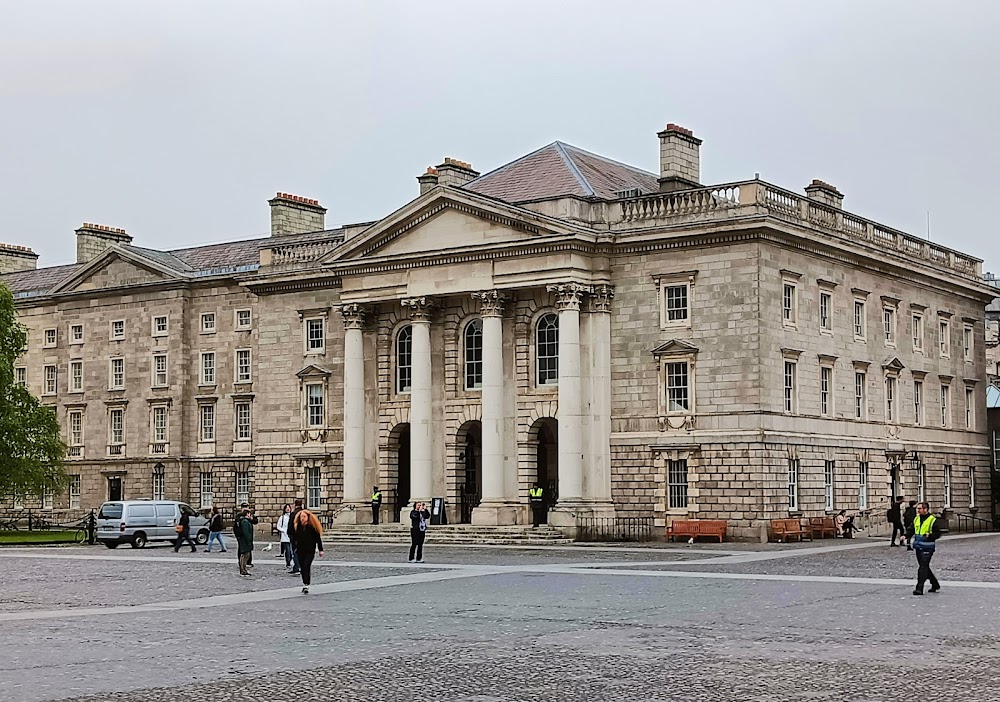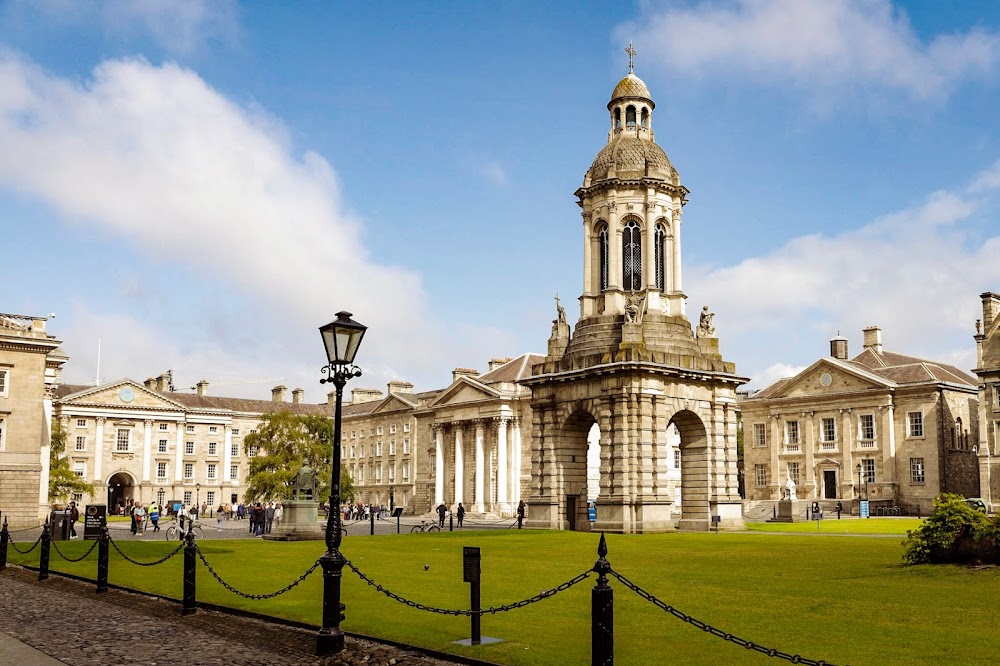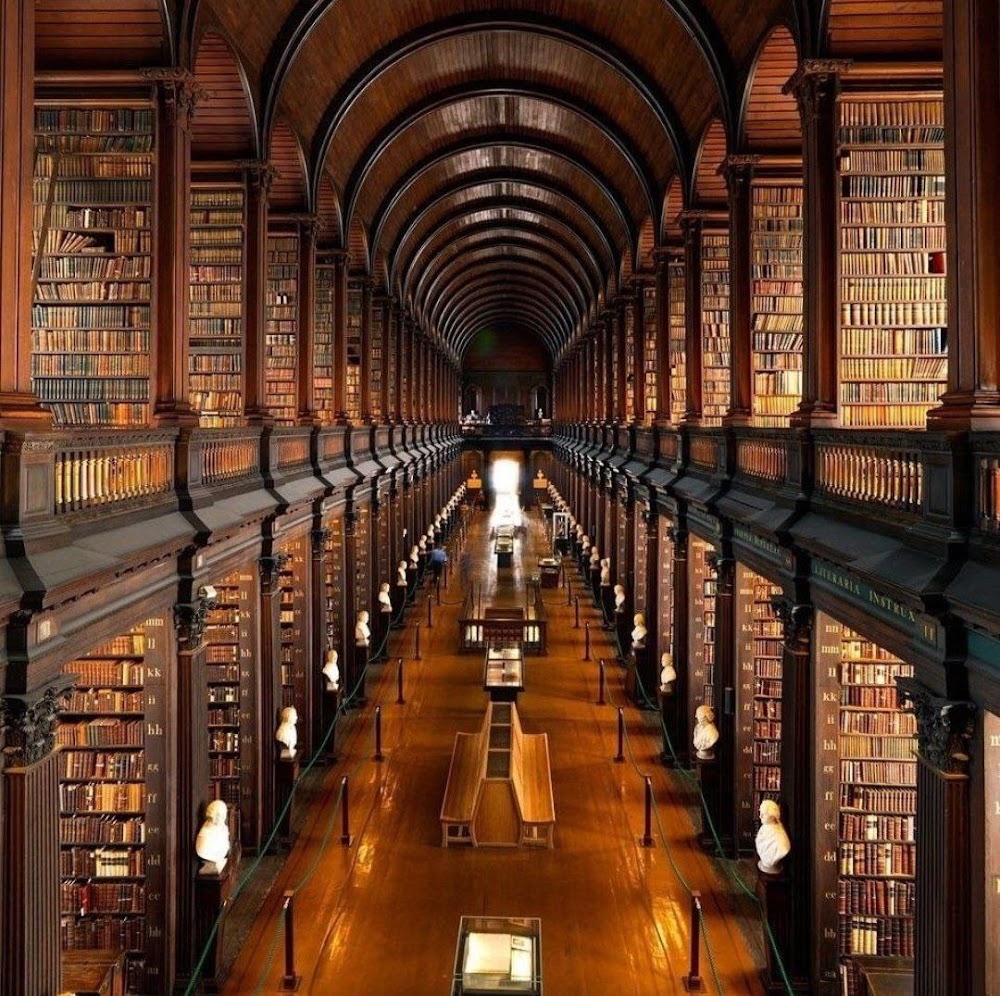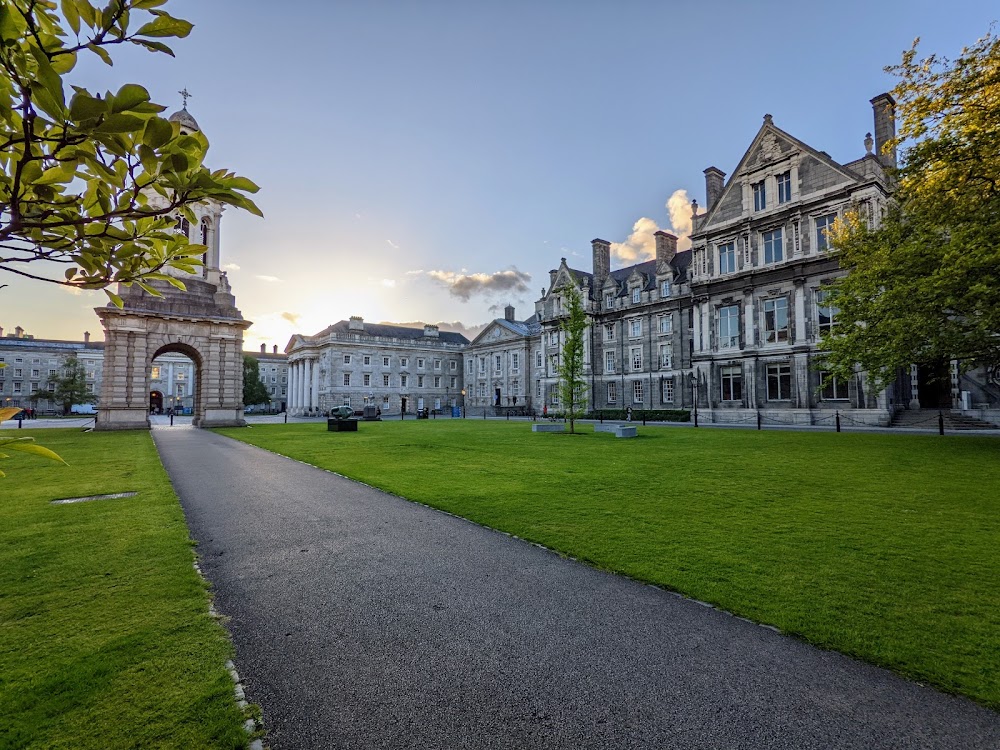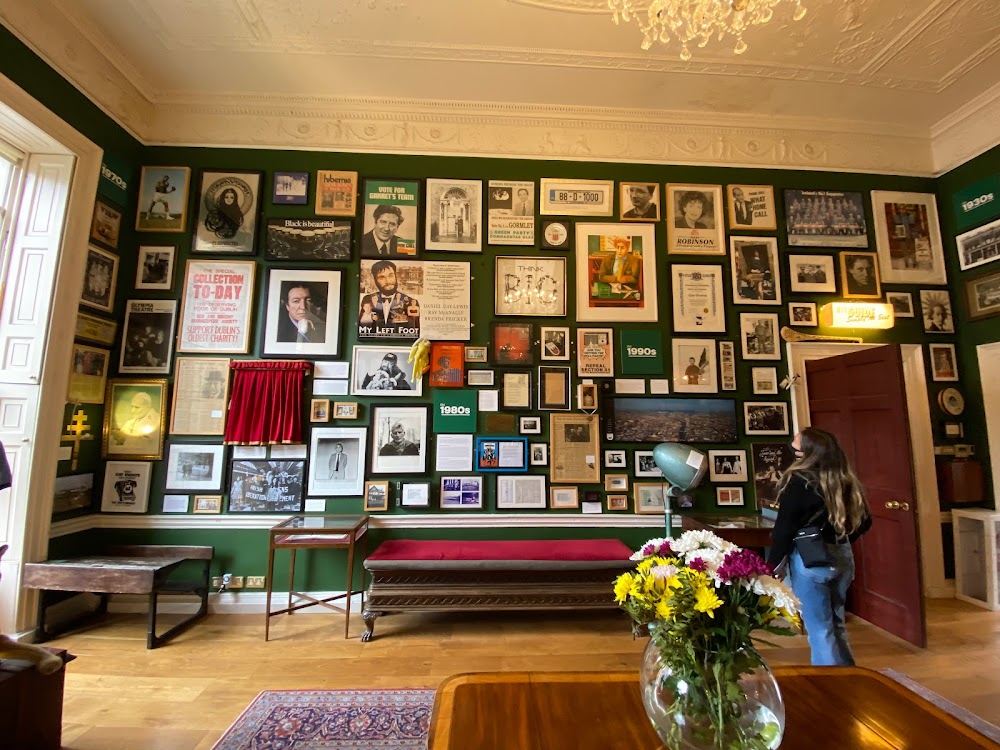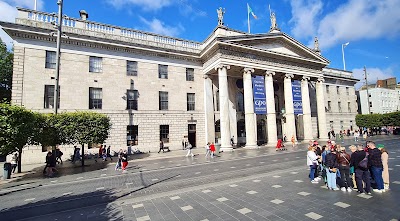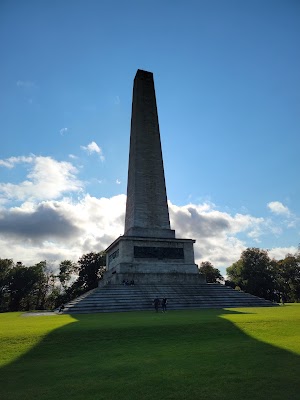Trinity College Dublin (Coláiste na Tríonóide, Baile Átha Cliath)
Overview
Trinity College Dublin: A Historic Gem in the Heart of Ireland
Located in the vibrant heart of Dublin, Ireland, Trinity College is one of the oldest and most prestigious universities globally, founded in 1592 during the reign of Queen Elizabeth I. With a rich history spanning over 400 years, it was established to consolidate the influence of the Protestant Reformation and offer higher education to the male, Protestant population of Dublin and beyond.
The Vision Behind Its Founding
The inception of Trinity College can be traced back to Sir Henry Sidney, who served as Lord Deputy of Ireland. He played a crucial role in convincing Queen Elizabeth I that Ireland required an institution for higher learning—not just for education, but as a means to anglicize the Irish populace and promote Protestantism. The college was strategically positioned to bolster English administration in Ireland.
The college was built on the grounds of an old Augustinian Priory, conveniently located near Dublin's city walls. Sir John Perrot, then Lord Deputy of Ireland, laid the foundation stone in early 1592. The governance structure of the college mirrored the collegiate system of the University of Oxford, featuring a Provost and a group of Fellows who administered the institution.
A Treasure Trove of Knowledge: The Library
One of Trinity College's most iconic features is its library, which began construction in 1712. This magnificent library houses the Book of Kells, an exquisite illuminated manuscript created by Celtic monks around 800 AD. The Long Room, the main chamber of the Old Library, is a breathtaking sight, stretching 65 meters and containing approximately 200,000 of the library's oldest books.
Expanding Horizons
Over the years, Trinity College has undergone significant transformations. In 1904, it became one of the first universities in the world to open its doors to women, marking a pivotal step toward inclusivity and diversity. The campus expanded, adding new buildings to accommodate the growing student body and an ever-evolving curriculum.
A Blend of Old and New Architecture
The architectural landscape of Trinity College beautifully juxtaposes the old and the new. The Campanile, a striking bell tower designed by Sir Charles Lanyon and completed in 1853, stands as a symbol of the college. Historical buildings like the Chapel and the Examination Hall, added in the 18th and 19th centuries, reflect the elegance of Georgian architecture. In contrast, modern structures such as the Hamilton Building and the Biomedical Sciences Institute underscore the college's commitment to cutting-edge research and academic excellence.
Illustrious Alumni
Trinity College boasts an impressive roster of alumni who have made significant contributions across various fields. Notable graduates include the famed author Jonathan Swift, philosopher George Berkeley, Nobel laureate in Literature Samuel Beckett, and Mary Robinson, the first female President of Ireland and former United Nations High Commissioner for Human Rights.
A Leader in Education and Research
Today, Trinity College Dublin stands as a beacon of education and cultural heritage. It offers innovative programs, adheres to a rigorous academic schedule, and embraces flexible learning methods, continually adapting to advancements in technology and societal changes.
With students from around the globe flocking to its historic halls, Trinity College enriches Dublin's multicultural tapestry. Collaborating with other world-class institutions, the college fosters a vibrant exchange of ideas and knowledge, ensuring that its enduring legacy thrives amidst a landscape of learning, tradition, and innovation.


